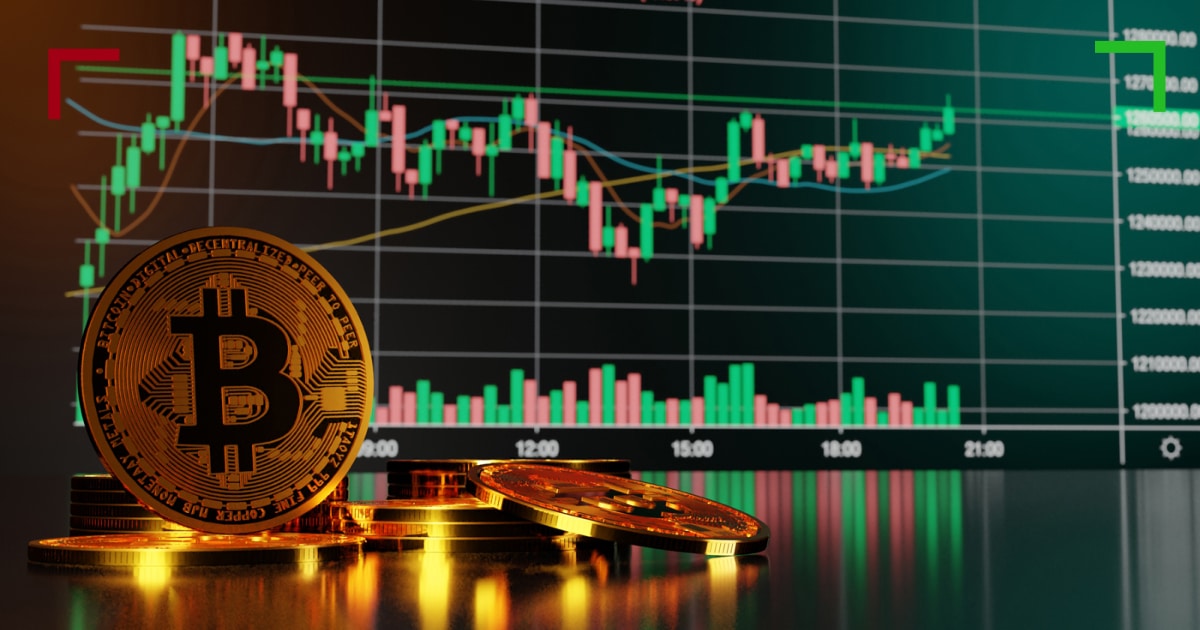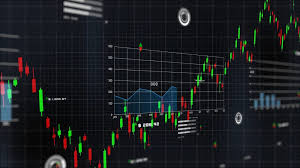
Understanding Trading Crypto Volume
In the rapidly evolving world of cryptocurrency, Trading Crypto Volume visit website trading volume plays a critical role in determining the real-time value of various digital assets. Trading volume is essentially the total number of coins or tokens traded within a specified timeframe. It serves as an essential indicator for traders and investors, helping them gauge market sentiment and make informed decisions. In this article, we’ll delve into the importance of trading crypto volume, how it influences market trends, and strategies for leveraging volume data in trading.
What is Crypto Volume?
Crypto volume refers to the total number of cryptocurrency units exchanged over a certain period, typically measured in 24 hours. High trading volume signifies a robust market, whereas low volume may indicate lack of interest or uncertainty about the asset. Understanding the nuances of trading volume can give traders a competitive edge, enabling them to predict market shifts and execute trades with higher efficacy.
The Significance of Trading Volume
Trading volume is a crucial metric in the cryptocurrency market for several reasons:

- Market Confirmation: High volume often supports price movements. When the price of an asset rises with high volume, it implies strong conviction among traders, while a price drop with high volume typically reflects bearish sentiment.
- Liquidity Assessment: High trading volume translates to greater liquidity, allowing traders to buy and sell assets without significantly impacting the market price. This is particularly important for larger traders or institutional investors.
- Trend Identification: Volume analysis can help in identifying emerging trends. For instance, increasing volume during a price rise may indicate a bullish trend, while increasing volume during a price decline may reflect a bearish trend.
- Volatility Measurement: Low trading volume may lead to higher price volatility as small trades can disproportionately affect the price. Conversely, high volume typically contributes to stability.
Volume Indicators
Several tools and indicators utilize volume data to provide insights into market dynamics:
- On-Balance Volume (OBV): This indicator accumulates volume on up days and subtracts volume on down days to determine buying and selling pressure.
- Volume Moving Averages: Moving averages of volume can help smooth out fluctuations and provide a clearer picture of underlying trends.
- Accumulation/Distribution Line: This indicator takes both price and volume into account to assess buying and selling pressure over time.
Using Volume to Develop Trading Strategies
Traders can develop various strategies by analyzing trading volume. Here are some practical approaches:
1. Volume Breakouts
Volume breakouts occur when the price breaks through a significant resistance level accompanied by a spike in volume. This indicates strong interest in the asset and can be a signal to enter a trade. For example, if Bitcoin has been trading in a specific range and suddenly breaks out with high volume, it could be a strong buy signal.

2. Volume Divergence
Volume divergence occurs when the price of an asset is moving in one direction while volume is trending in the opposite direction. For instance, if an asset’s price is making new highs, but volume is decreasing, it may indicate that the price is not being supported by sufficient buying interest, potentially foreshadowing a reversal.
3. Confirming Price Trends
Traders often use volume to confirm price movements. Rising prices with increasing volume confirm bullish trends, while falling prices with increasing volume confirm bearish trends. Traders should avoid trades during periods of low volume to mitigate risks.
Conclusion
As the cryptocurrency market continues to grow, understanding trading crypto volume becomes increasingly essential for investors and traders alike. By analyzing volume trends and utilizing volume-based indicators, market participants can enhance their trading strategies, make informed decisions, and better navigate the complexities of digital asset trading. Remember that while volume plays a significant role, it should be analyzed as part of a broader approach that includes price action, market sentiment, and fundamental analysis for optimal results.
